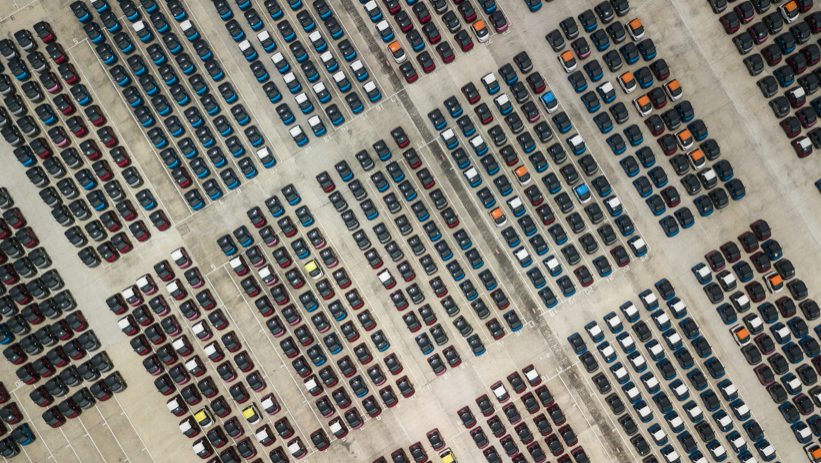They are NOT easily recycled. They are built in geometric arrangements of really tiny cells. There's 50 times the surrounding material to 0.1 oz of lithium. And the REFUSE will saturated and coated in lithium and heavy metals.
Not watching your stupid propaganda - I'm trying to ACTUALLY SAVE the environment and the UNPRECEDENTED WASTE of money and resources on "patching up" the GROSS unreliability of solar. (and wind) .
Here's the MAJOR enviro and dollar cost issue. Recycling those MEGATONNES of batteries may be a "money loser". In fact, it's LIKELY to be a money loser and not an investment that anyone wants to make. THEN, not only the dollar/enviro cost of all that LIMITED worldwide mining of the components comes in -- But special operations will be needed to govt RUN any major recycling efforts FAR AWAY from where folks live.. Want a 500,000 Tonne battery recycler in YOUR TOWN?
Battery recycling is already confusing and inconvenient — and it’s about to get a lot worse. Read more from WIRED UK. It’s the year 2035 and electric cars are taking over the roads. Pet…

blog.adafruit.com
Petrol and diesel cars will soon be a thing of the past, the European Union has banned their sales in order to speed up the switch to cleaner mobility and mitigate climate change. Indeed, electric vehicles don’t emit any carbon dioxide when being driven, but their rechargeable batteries are causing environmental and social concerns of their own. They contain scarce and expensive metals.
And once the batteries are past their prime, they are tough to recycle.
Ordinary lithium-ion batteries are made up of many individual cells and weigh hundreds of kilos.
The battery pack used in the Nissan Leaf contains 192 pouch cells, that of the Tesla Model S contains 7,104 cylindrical cells, all bundled into modules that are screwed, welded and glued together to be controlled as one unit. As batteries start to pile up, carmakers, battery companies and researchers are trying to save them from ending up in landfills.
Recyclers are primarily interested in extracting the valuable metals and minerals in the cells. Getting to these materials is complex and dangerous: After removing the steel casing,
the battery pack needs to be unbundled into cells carefully, to avoid puncturing any hazardous materials. The electrolyte, a liquid whose job it is to move lithium ions between the cathode and anode, can catch fire or even explode if heated. Only once the pack has been dismantled, recyclers can safely extract the conductive lithium, nickel, copper, and cobalt.
Used in the cathode, cobalt is the most sought-after material used in batteries. In its raw form, the rare, bluish-grey metal is predominantly sourced from the Democratic Republic of Congo, where miners work in perilous conditions. The world’s major electric car manufacturers are already moving away from cobalt, deterred by the human rights abuses, shortages in the supply chain, and fluctuating prices.
That raises the question of whether recyclers will still find it worthwhile to dismantle newer battery types lacking the most valuable ingredients. “When you move to more sustainable materials, and lower cost materials, the incentive to recycle and recover them diminishes,” says Jenny Baker, an energy storage expert at Swansea University. She likens this to a dilemma in consumer electronics: It is often cheaper to buy a new mobile phone than to get it fixed or recycled.
In a first step, recyclers typically shred the cathode and anode materials of spent batteries into a powdery mixture, the so-called black mass. In the board game analogy, this would be the first slide down on a snake, Harper explains. The black mass can then be processed in one of two ways to extract its valuable components.
One method, called pyrometallurgy, involves smelting the black mass in a furnace powered with fossil fuels. It’s a relatively cheap method but a lot of lithium, aluminium, graphite and manganese is lost in the process.
Another method,
hydrometallurgy, leaches the metals out of the black mass by dissolving it in acids and other solvents. This method, Harper says, would correspond to a shorter snake in the board game, because more material can be recovered: you fall back, but not by as many squares as when using pyrometallurgy. The process, however, consumes a lot of energy and produces toxic gases and wastewater.


